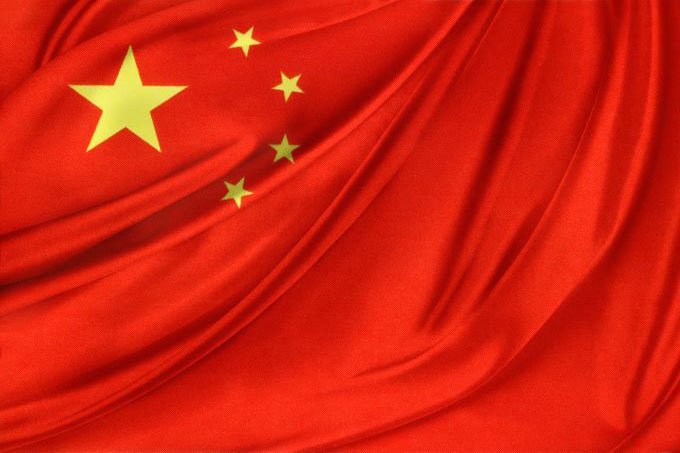 Rising pork prices sent China’s consumer inflation to near eight-year highs in November, reports out on Tuesday showed. Beijing has long been under pressure to implement economic stimulus measures, but the People’s Bank of China has been hesitant to do so in advance of the country’s upcoming Lunar New Year. The country’s growth, however, has slipped to near thirty-year lows, adding fuel to the fire. In recent months, Beijing has implemented several growth plans, including reducing interest rates, but China’s economic policymakers have remained staunchly opposed to wider spread efforts.
Rising pork prices sent China’s consumer inflation to near eight-year highs in November, reports out on Tuesday showed. Beijing has long been under pressure to implement economic stimulus measures, but the People’s Bank of China has been hesitant to do so in advance of the country’s upcoming Lunar New Year. The country’s growth, however, has slipped to near thirty-year lows, adding fuel to the fire. In recent months, Beijing has implemented several growth plans, including reducing interest rates, but China’s economic policymakers have remained staunchly opposed to wider spread efforts.
November’s consumer prices in China saw a 4.5 percent increase year on year, the steepest growth since January 2012. The consumer price index (CPI) rose 3.8 percent in October. Rising pork prices were a driving factor of this increase, as the country’s pig population has been devastated by African Swine Fever. According to the South China Morning Post, pork prices have increased 110.2 percent since the same time a year ago. The higher pork prices have raised demand for other forms of protein, which in turn has caused prices of other proteins to increase, fueling the spiral. The highest CPI reading on record was in March 2008 during the height of the global financial downturn, when the country’s CPI registered at 8.2 percent.
Despite the rise in consumer prices, core inflation (inflation without food and energy prices), remained low, mitigating the risks for widespread inflation in the region. Likewise, China’s produce price index (PPI) was down 1.4 percent year on year in November, which was better than both October’s reading of minus 1.6 percent, and analyst expectations of an increase by 1.5 percent.
Asian stock indexes were mixed on Tuesday afternoon, with China’s benchmarks posting modest gains, while many indexes were trading lower. The Shanghai Composite was up 0.02 percent as of 2:44 p.m. HK/SIN, and the Shenzhen Composite was up 0.16 percent. Japan’s Nikkei 225 was down 0.09 percent, while Australia’s ASX 200 was down 0.34 percent. South Korea’s Kospi gained 0.54 percent.
The currency markets were fairly subdued on Tuesday afternoon, as few data releases are expected today and traders are anxious to hear from the Federal Reserve later this week. The U.S. dollar gained 0.06 percent against the yen to trade at 108.72, but the greenback was lower against both the pound and the euro. The sterling gained 0.11 percent against the dollar to trade at $1.3158, while the euro was up 0.03 percent to trade at $1.1065.
